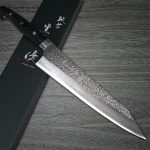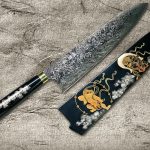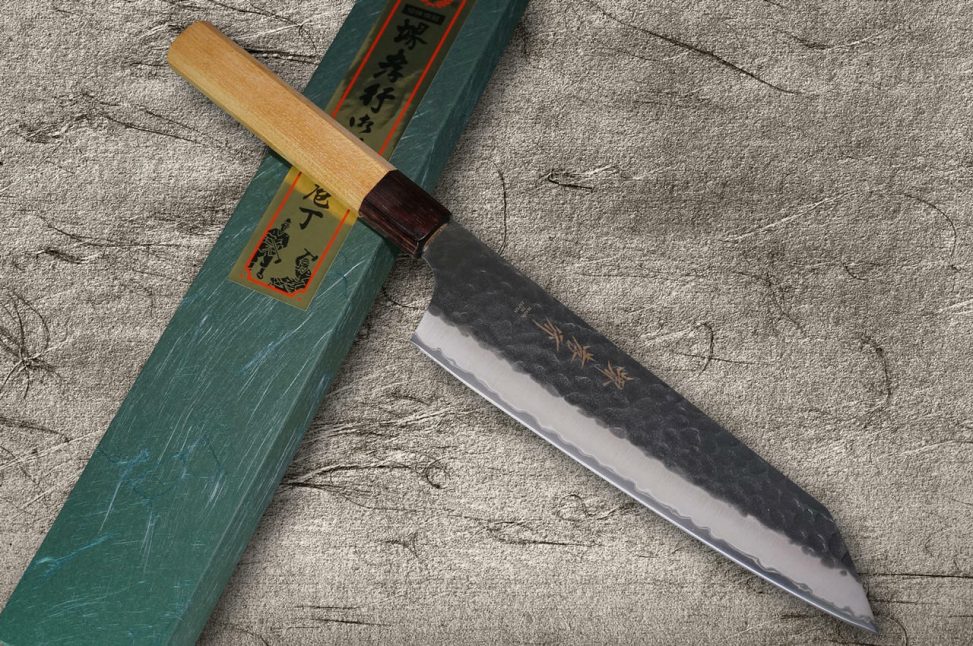img by : https://www.hocho-knife.com/
When it comes to Japanese cuisine, gourmets would think of the quality, the delicacy expressed through slight dabs of Nitsume sauce on Ebi sushi ready to be devoured. The fine selection of ingredients that together blends into a wide array of fantastic, spectacular flavors that give off hints representing those authentic to the Japanese styles and traditions is also what makes Japanese cuisine a standout among the crowd. The techniques required to craft delicate sashimi pieces, the exotic seasonings of specialty sauces, and the intricate processes needed to craft traditional, authentic Japanese dishes are what makes food lovers so much into Japanese cuisine from the very start.
Elegance seen in a wide variety of intricately prepared Japanese dishes served at sushi tables make food lovers fall in love over and over again – witnessing the process of how food is prepared and served by professional chefs who cater to their preferences. Japanese cuisine is a culinary gem, a worldwide accepted food culture that spreads like wildfire throughout the globe for its specialty and uniqueness. However, it is among the world’s most challenging dishes to prepare, for its complex preparation processes also involve the fine selection of quality ingredients, storing of ingredients, and utilizing special tools and equipment. Each dish has different components, where distinct ingredients are selected to strengthen specific scents or tastes.
With intricate processes being its fame-earned strength, Japanese food, specifically sushi, is a worldly phenomenon and a leading food trend. Sushi is also described as bite-sized pieces of mostly raw fish or seafood ingredients topped on cold, yet boiled Japanese rice mixed with several ingredients like sugar, salt, and vinegar. Japanese sushi chefs are known to perform their techniques through the mastery of Japanese knives. As the majority of sushi features raw fish like Sea Bass, Tuna, and Salmon, delicious, mouth-watering sushi requires thin slices of those, and definitely not choppy-edge, rocky-road wriggly lines of fish slices. With this being sushi’s main feature and the appearance everyone remembers it to be, sushi chef hopefuls and professionals are required to master all skills required to craft delicate sashimi or Nigiri pieces. Mastering the essential knife skills is one of the hardest processes chefs have to go through; however, with just the right equipment, anything is possible.
Sakai Takayuki’s Top 240 mm Gyuto Knife
Sakai Takayuki is Japan’s absolute best knife brand. The blades their professional blacksmiths forge are all guaranteed with extreme sharpness out of the box. Sakai Takayuki’s origins can be dated back to around 600 years – of which a wide variety of knives were forged to perform different tasks. Forging quality blades with a fine selection of materials to ensure perfect edge retention and rust resistance essential for all users, Sakai Takayuki is among Japan’s top-tier knife brand trusted by professionals worldwide.
There are a plenty of knife types used by professionals in the culinary world, specifically when it comes to cooking sushi. Japanese knife types include: Gyuto knife (chef’s knife), Santoku knife, Sujihiki knife, Deba knife, boning knife, peeling knife, Sashimi knife (sushi knife), petty knife, vegetable knife, and cleaver knife. Sakai Takayuki’s famous knife type, though, is the Gyuto knife. As it is also among the most commonly used knife type, Sakai Takayuki’s Gyuto knife model like the Sakai Takayuki Aogami Super Kurouchi Hammered WA Japanese Chef’s Gyuto Knife 240mm is definitely a great choice.
This double-edge knife features a mesmerizing black Tsuchime textured body with an Aogami super steel core, which has the hardness value of 65 HRC – providing excellent edge retention. Depicting Japanese traditions on its half-rounded octagonal Japanese Zelkova wood handle, the Sakai Takayuki Aogami Super Kurouchi Hammered WA Japanese Chef’s Gyuto Knife 240mm is indeed a knife worth collecting and also a suitable model for all-purpose usage.





